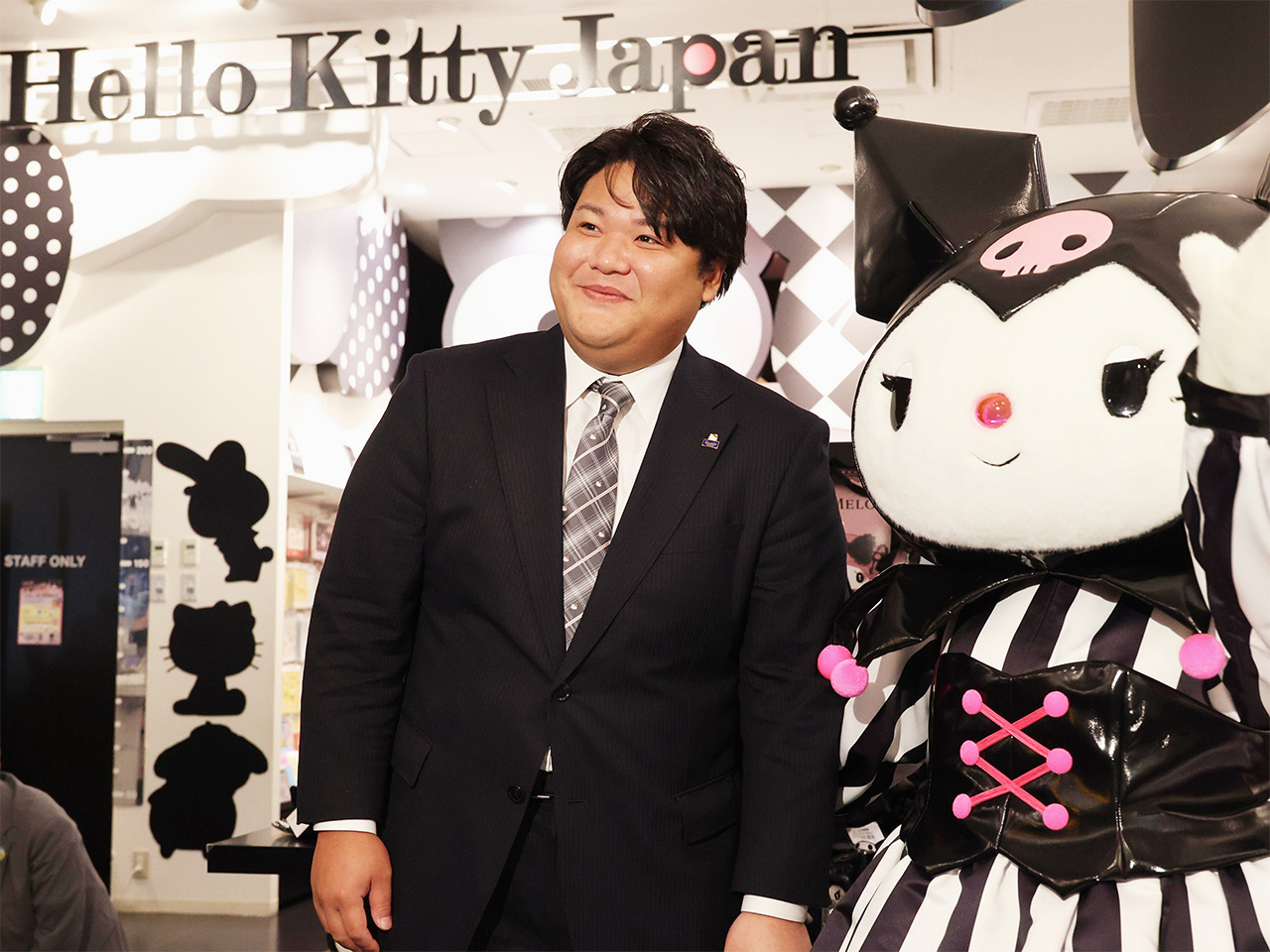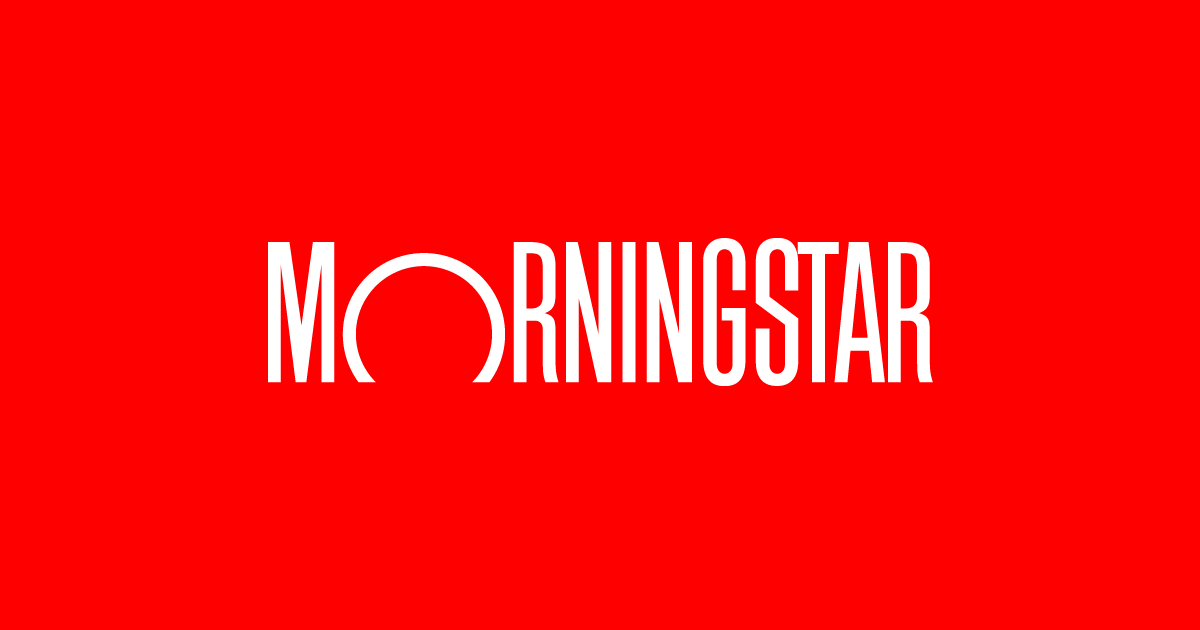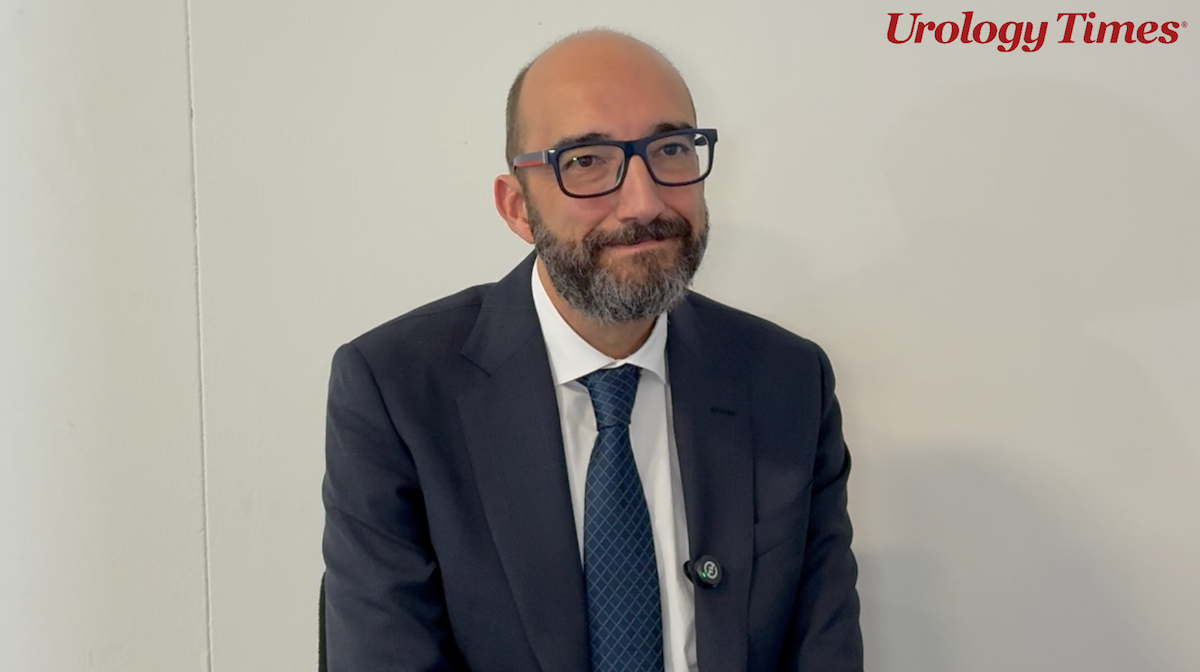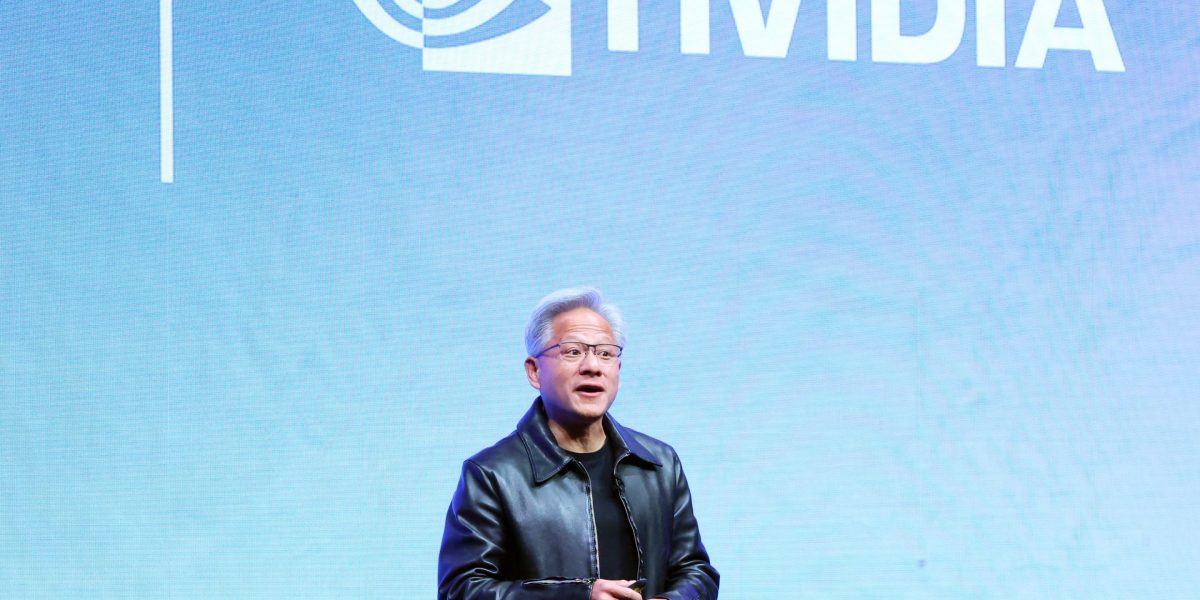Paris and Clichy, France. October 19, 2025 – Kering and L’Oréal announced today that they are entering a long-term strategic partnership in luxury beauty and wellness. This binding agreement encompasses the acquisition of the House of Creed by L’Oréal, the beauty and fragrance licenses of iconic Houses of Kering and an exclusive venture to explore business opportunities in the field of wellness and longevity.
Building on the success of Yves Saint Laurent Beauté, this alliance further consolidates the long history of collaboration of two global leaders with complementary strengths — iconic luxury brands of Kering and the world-class expertise of L’Oréal in beauty — to accelerate growth and unlock considerable value across high-potential categories.
Under the terms of this agreement, Kering has the right to sell Kering Beauté including the House of Creed to L’Oréal. A true heritage name in haute parfumerie, Creed stands among the leading high-end luxury fragrance Houses, celebrated for its craftsmanship and mastery of rare natural ingredients. As part of L’Oréal Luxe, Creed will be best positioned to accelerate even further its global development across both men’s and women’s markets.
The partnership includes the rights to enter into a 50-year exclusive license for the creation, development, and distribution of fragrance and beauty products for Gucci, commencing after expiration of the current license with Coty, and respecting the Kering group’s obligations as per the existing license agreement.
Kering will also grant L’Oréal 50-year exclusive licenses for the creation, development, and distribution of fragrance and beauty products for Bottega Veneta and Balenciaga, starting upon closing of the announced transaction.
A strategic committee will be established to ensure coordination between Kering brands and L’Oréal and monitor the progress of our partnership.
The agreement, including the sale of Creed and the establishment of these 50-year licenses on these iconic Houses of Kering, is valued at €4 billion, payable in cash at closing, expected in the first half of 2026. L’Oréal will also pay royalties to Kering for the use of its licensed brands.
Beyond beauty, Kering and L’Oréal are joining forces to explore business opportunities at the intersection of luxury, wellness, and longevity. This exclusive partnership, in the form of a planned 50/50 joint venture, will craft cutting-edge experiences and services combining L’Oréal’s innovation capabilities with Kering’s deep understanding of luxury clients.
“This strategic alliance marks a decisive step for Kering,” declared Luca de Meo, CEO of Kering. “Joining forces with the global leader in beauty, we will accelerate the development of fragrance and cosmetics for our major Houses, allowing them to achieve scale in this category and unlock their immense long-term potential, as did Yves Saint Laurent Beauté under L’Oréal’s stewardship. Together, we will also venture into new frontiers of wellness, combining the unrivalled expertise of L’Oréal with our unique luxury reach. This partnership allows us to focus on what defines us best: the creative power and desirability of our Houses.”
“I am delighted to forge this long-term strategic alliance with one of the world’s most prestigious, creative and visionary luxury groups. This partnership will further solidify our position as the world’s #1 luxury beauty company and allow us to explore new avenues in wellness together.” said Nicolas Hieronimus, CEO L’Oréal Groupe. “The addition of these extraordinary brands perfectly complements our existing portfolio and significantly expands our reach into new, dynamic segments of luxury beauty. Through Creed, we will establish ourselves as one of the leading players in the fast-growing niche fragrance market. Gucci, Bottega Veneta and Balenciaga are all exceptional couture brands with enormous potential for growth.”
The agreement contains customary terms and conditions, including regulatory approvals. The agreement is also subject to Kering’s obligations under French employment law, with the right for Kering to sell Kering Beauté to L’Oréal and an exclusivity granted to L’Oréal.
About Kering
Kering is a global, family-led luxury group, home to people whose passion and expertise nurture creative Houses across couture and ready-to-wear, leather goods, jewelry, eyewear and beauty: Gucci, Saint Laurent, Bottega Veneta, Balenciaga, McQueen, Brioni, Boucheron, Pomellato, Dodo, Qeelin, Ginori 1735, as well as Kering Eyewear and Kering Beauté. Inspired by their creative heritage, Kering’s Houses design and craft exceptional products and experiences that reflect the Group’s commitment to excellence, sustainability and culture. This vision is expressed in our signature: Creativity is our Legacy. In 2024, Kering employed 47,000 people and generated revenue of €17.2 billion.
About L’Oréal Groupe
For 115 years, L’Oréal, the world’s leading beauty player, has devoted itself to one thing only: fulfilling the beauty aspirations of consumers around the world. Our purpose, to create the beauty that moves the world, defines our approach to beauty as essential, inclusive, ethical, generous and committed to social and environmental sustainability. With our broad portfolio of 37 international brands and ambitious sustainability commitments in our L’Oréal for the Future programme, we offer each and every person around the world the best in terms of quality, efficacy, safety, sincerity and responsibility, while celebrating beauty in its infinite plurality.
With more than 90,000 committed employees, a balanced geographical footprint and sales across all distribution networks (e-commerce, mass market, department stores, pharmacies, perfumeries, hair salons, branded and travel retail), in 2023 the Group generated sales amounting to 41.18 billion euros. With 20 research centers across 11 countries around the world and a dedicated Research and Innovation team of over 4,000 scientists and 6,400 Digital talents, L’Oréal is focused on inventing the future of beauty and becoming a Beauty Tech powerhouse.
Contacts Kering
Press
Emilie Gargatte +33 (0)1 45 64 61 20 emilie.gargatte@kering.com
Caroline Bruel +33 (0)1 45 64 62 53 caroline.bruel-ext@kering.com
Analysts/investors
Claire Roblet +33 (0)1 45 64 61 49 claire.roblet@kering.com
Aurélie Husson-Dumoutier +33 (0)1 45 64 60 45 aurelie.husson-dumoutier@kering.com
Contacts L’Oréal
Individual shareholders
Pascale Guérin +33 (0)1 49 64 18 89 pascale.guerin@loreal.com
Financial analysts and institutional investors
Eva Quiroga +33 (0)7 88 14 22 65 eva.quiroga@loreal.com
Media
Brune Diricq +33 (0)6 63 85 29 87 brune.diricq@loreal.com
Arnaud Fraboul +33 (0)6 40 13 62 14 arnaud.fraboul@loreal.com





